Dear Timaree: “I have zucchini growing like crazy in my backyard, how good it is for me and what can I do beyond zucchini bread? (It is too hot to turn the oven!)”
Although they can be interchangeable in recipes, the three main types of summer squash include zucchini (the most common variety in the US, originally from Italy – known as Italian summer squash), crookneck, which are typically yellow in color, and pattypan, which resemble little flying saucers and can have a slightly sweeter taste. All parts are edible, including the skin and seeds, so preparation is easy with no waste! The skin and flesh provide an impressive lineup of vitamins (A, C, folate, thiamin, pyridoxine, riboflavin), minerals (potassium, maganese, phosphorus, zinc, iron), fiber and phytochemicals (carotenes, lutein and zeaxanthin) with antioxidant potential linked to protecting your eyes (against age-related macular degeneration and cataracts), controlling blood sugar levels, reducing inflammation in the body, improving prostate health and helping to lower cancer risk. The edible seeds are even a source of immune system-enhancing omega-3 fatty acids!
Shop Smart Since summer squash, related to both melons and cucumbers, grows like crazy in the Central Valley, many home gardeners up to their eyeballs in these beauties before they know it! Whether you are growing your own or getting them from your organic CSA or Farmers’ Market, small to medium sized summer squash (6-8 inches long, 2 inches in diameter) will have the best flavor and texture, as the seeds get bigger and the flesh gets fibrous as they grow larger. The skin should be firm, without any soft spots or punctures (will cause them to decay quickly). While winter squash can keep for months, summer squash is much more perishable, but, if kept unwashed in an air-tight food storage container or perforated bag in the crisper drawer, can last for several days to a week.
Cook Smart The two best ways to enjoy zucchini, to retain the highest nutrient content, is raw (try the Thai Salad below) or briefly steamed/sauteed (see recipe below for Zucchini Fettuccine), as greater losses have been seen with boiling and microwaving. Excellent research has shown that zucchini maintains a surprisingly high level of nutrients even after being frozen, so if you have extra, you can steam blanch it (steam it for 2-3 minutes and then cool quickly in cold water) and then freeze it for use later in dips, breads, muffins, sauces, soups, lasagna or risotto. Grilled summer squash is also fantastic with a just sprinkle of salt, pepper and herbs and even a splash of balsamic vinegar. If you are lucky enough to have any leftover, it is wonderful layered on pizza, in wraps, quesadillas or panini-type sandwiches.
Eat Smart Many people may have never considered eating zucchini raw, but when attention is given to the size and shape of the pieces, it will be nearly invisible in a salad of any type (green, pasta, bean), can double your portion (more delicious bites!) and add a mild crunch (both of which add to satisfaction) for a ridiculously small amount of kcalories (20 kcal for an entire cup, less than the amount in 4 croutons)! When cut in long thin strips and eaten raw or just barely cooked, it can take on a “noodle-like” texture with 10 times fewer calories than a cup of cooked pasta (~220 kcals)!
Garlic Zucchini Fettuccine with Almonds
Ingredients
1 pound of zucchini
2 tsp veggie broth (no need for any oil!)
2 garlic cloves, minced or pressed
1/2 tsp Italian seasoning
2 Tbsp roasted almonds, chopped and combined with 1/4 tsp salt (in place of Parmesan cheese)
2 Tbsp of fresh herbs (basil, rosemary, oregano) – optional
Procedure
Make zucchini into ribbons with vegetable peeler. Saute garlic in broth, remove from pan when lightly golden, being careful not to let it burn (burnt garlic is very bitter) – add zucchini and Italian seasoning to the pan and toss (add crushed red pepper to add heat). Saute for just a minute or two until zucchini just starts to soften, adding garlic back with 1 Tbsp of almond/salt mixture, turn off heat and toss through. Top with remaining almond/salt mixture and fresh herbs and serve IMMEDIATELY!
Nutrition Info: (1/4 of recipe with almonds) – 57 kcals, 4 g fat, 0 mg cholesterol, 5 g CHO, 2 g fiber, 2 g protein, 157 mg sodium, 27 mg calcium, 323 mg potassium
Thai Zucchini Salad
1 large zucchini
1 large carrot
1 red bell pepper, cored and seeded
1 mango
Dressing:
1/2 tsp ginger root, grated
1 small garlic clove, minced/pressed
1 tsp lime zest
1 Tbsp lime juice
1 tsp date syrup or maple syrup
1 Tbsp cider vinegar
1 tsp sesame seeds
1/4 tsp salt
Garnish:
2 Tbsp fresh cilantro, chopped
2 Tbsp peanuts, chopped
Mix dressing ingredients and set aside for flavors to develop. Use a chef’s knife, julienne peeler or mandolin to cut the zucchini, carrot, bell pepper and mango into long, thin, noodle-like strips. Combine with dressing and taste for seasoning. Garnish with chopped cilantro and peanuts.
Nutrition Info: (1/4 of recipe) – 108 kcals, 4 g fat, 0 mg cholesterol, 18 g CHO, 3 g fiber, 3 g protein, 67 mg Vit C, 208 mg sodium, 450 mg potassium, 30 mg calcium
Recipe adapted by The Nutrition Professor from www.foodnotfuss.com
Timaree Hagenburger, a plant-based registered dietitian nutritionist (RDN), certified exercise physiologist with a master’s degree in public health, has over 20 years of experience as a nutrition professor. She is a sought after speaker, media personality and author, who works with private clients, and in corporate wellness, has contributed to several cookbooks and published her own cookbook, The Foodie Bar Way: One Meal, Lots of Options, Everyone’s Happy (www.foodiebars.com)! Timaree is also the founder of an incredible online membership community, The Foodie Bar Way of Life, that makes loving the food (and living a life) that loves us back… simple, satisfying, sustainable AND FUN! You can contact her about working with her through 1:1 dietitian nutrition coaching, for hands-on cooking instruction and to inquire about arranging a speaking engagement.

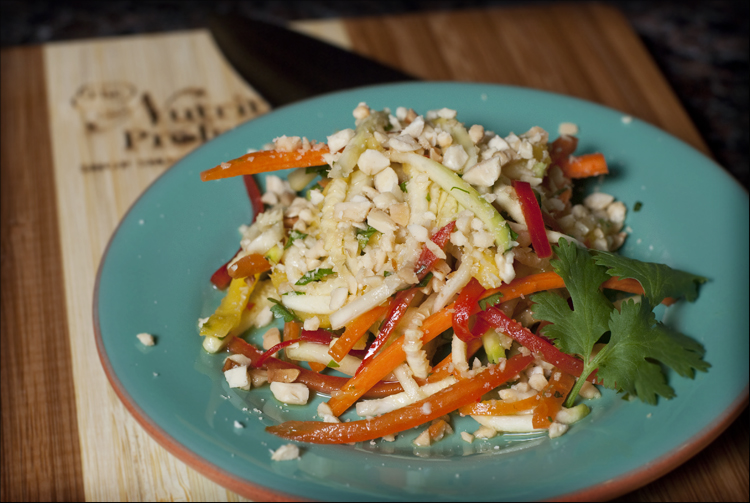
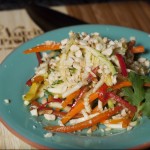
 Order and learn more at www.FoodieBars.com
Order and learn more at www.FoodieBars.com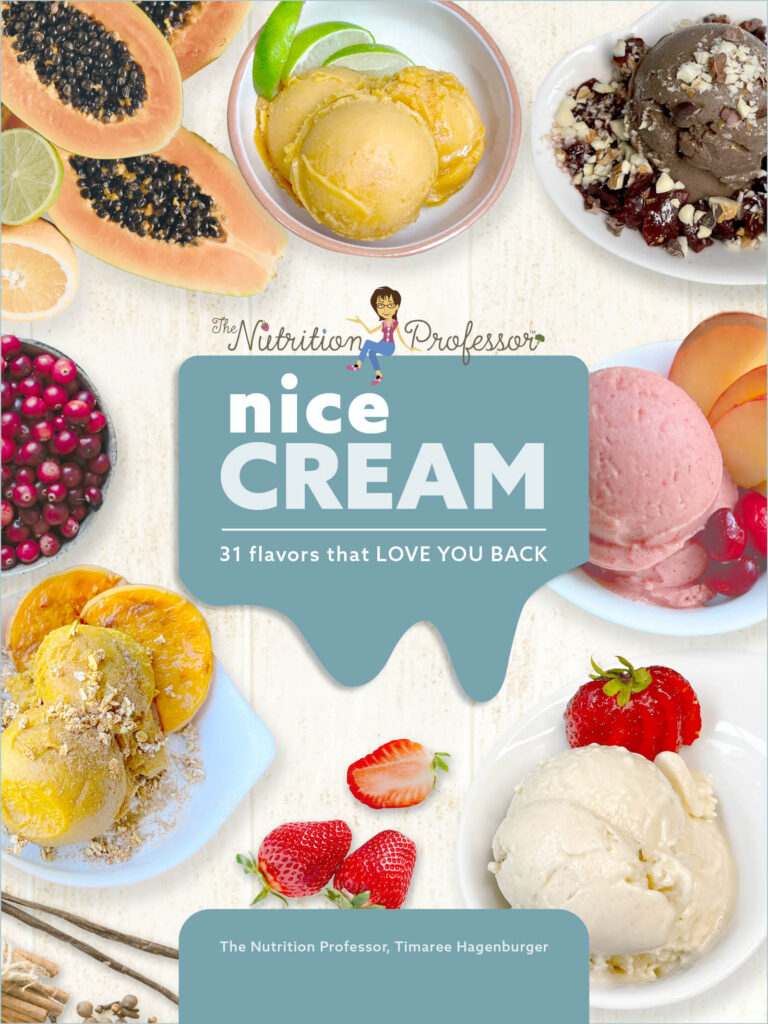
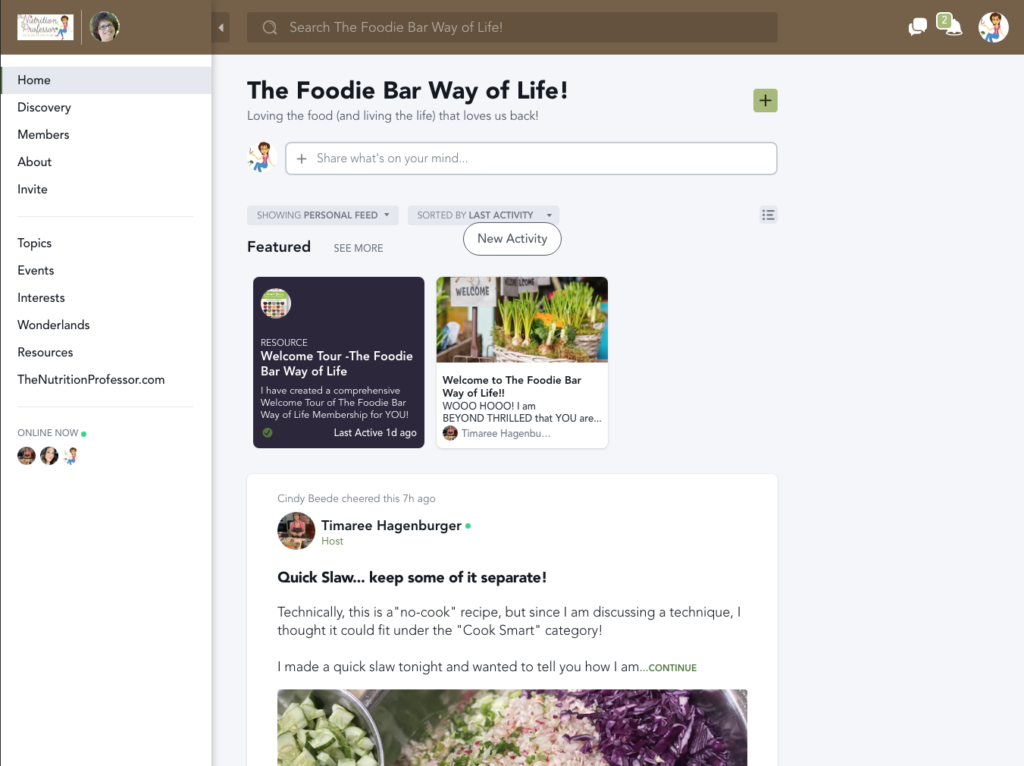
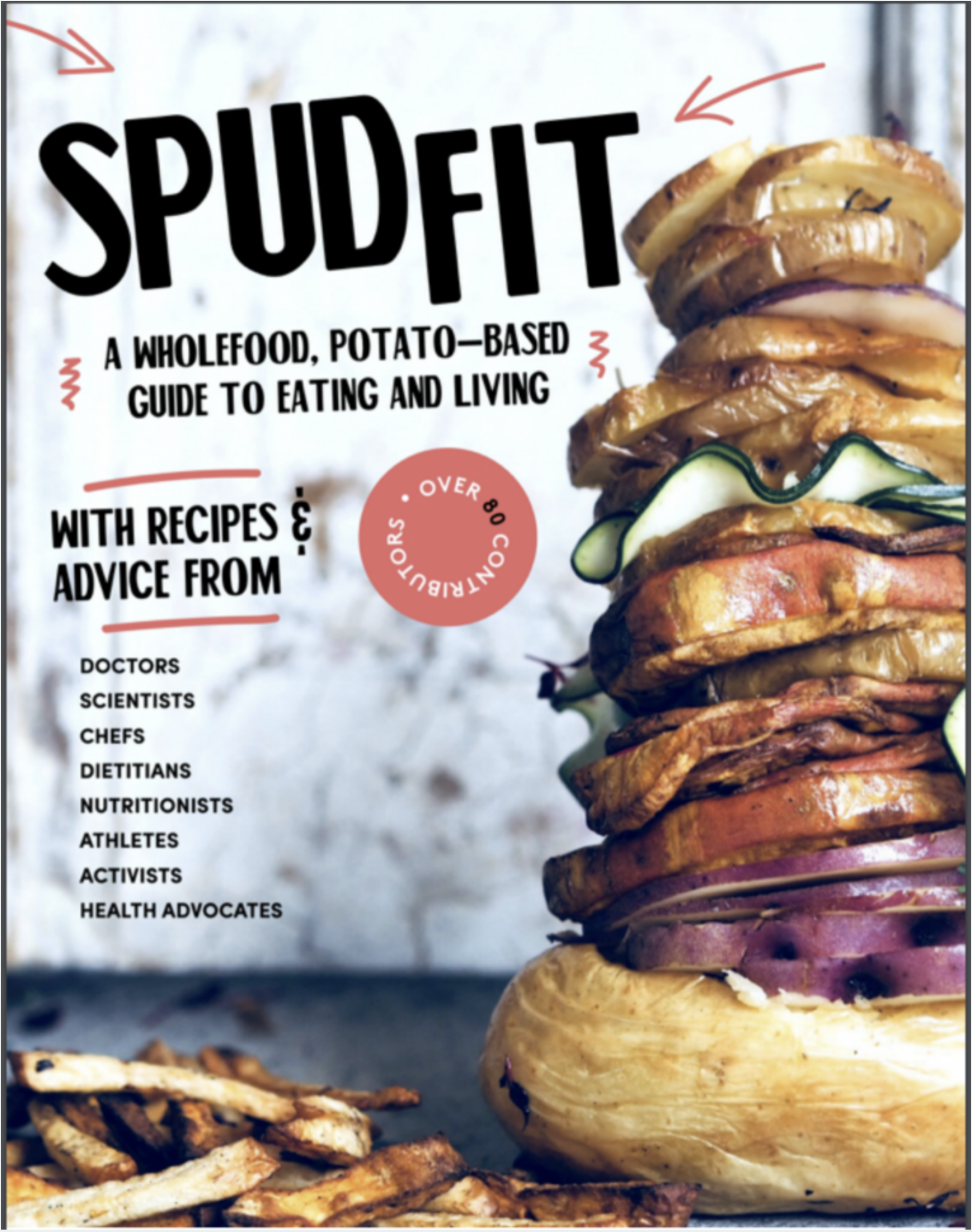 This is a first for me... Some of MY recipes are part of a rock star compilation cookbook put together by Andrew Spud Fit Taylor!! Order it today!
This is a first for me... Some of MY recipes are part of a rock star compilation cookbook put together by Andrew Spud Fit Taylor!! Order it today!